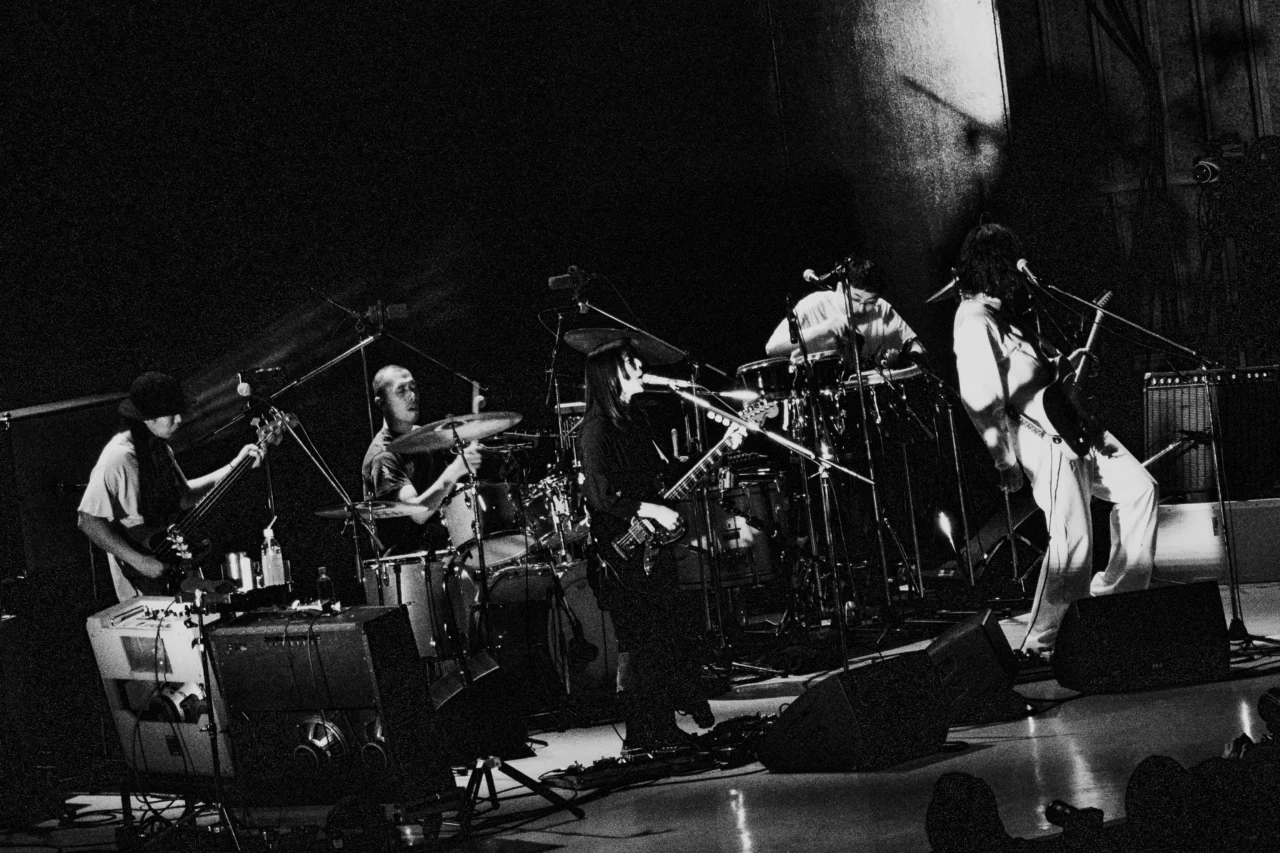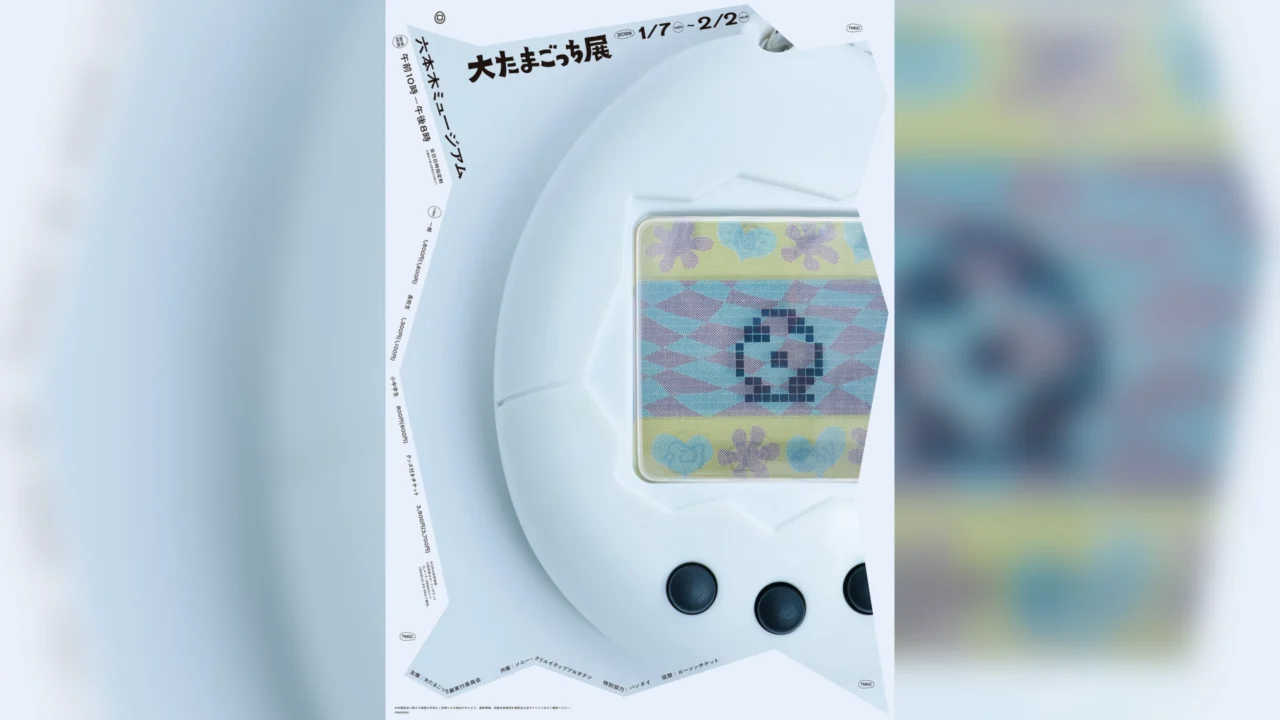INDEX
Crafting a Narrative from Reality: Challenges Confronting the Creators
Takahashi: I’m most interested in why you decided to make this film, since you have never made a film based on a real incident before.
Irie: First of all, I wanted to preserve the Corona disaster. I am personally very afraid of a sense of stagnation filling society as it did at that time. I thought I was strong, but at the time I felt that I was being pushed into a corner. Because I was freelance, I was not contacted by anyone from the company, and suddenly I was all alone. I was thinking about what would happen to single parents raising children who suddenly had to cancel school, and so on.
Another thing is that I think I would have passed by a girl like Anzu somewhere in the city. I wanted to know more about the existence that I had been trying not to see. But I didn’t understand Anzu at all at first. Yumi Kawai, who plays Anzu, is closer to Anzu in age than I am, so I asked her, “What kind of person do you think she is?

Takahashi: So, rather than having a complete image in your mind, it was more like the filmmakers complemented each other.
Irie: That’s true. I wanted to somehow get closer to the vague image I had in my mind. It was the first time for me to create in that way. I didn’t want to force my own image into the film at all this time. In non-fiction, you can’t change what happened. I think it is very similar to that. As the creator of the book, I kept a distance from the story, as if to say, “This is how it looked to me.
-What do you usually pay attention to when you write an article?
Takahashi: Even if something actually happened, each person involved has a completely different point of view and interpretation. So even if I look at it afterwards and think “this is how it happened” and write about it, there is always someone who says “it’s not what I thought,” so it is very difficult to avoid any complaints from anyone. But I am always very careful not to think, “Isn’t this a little too exaggerated?” or “I know it would be interesting to write this way, but I don’t actually think so, so let’s not do that.
Irie: In that sense, in the case of fiction, there are no stoppers, so I can keep making it as interesting as I want. But this time, there is reality, so I knew I couldn’t add too much.
Takahashi: I think that’s why it was so realistic. Before watching the film, I was personally very concerned about the treatment of Tatara. I wondered what would happen if they would depict only his achievements and leave him as a good person, or if they would handle his arrest as well. I get inquiries myself about various cases, but sometimes I only focus on the good aspects and not so much on the bad. But that was not the case, so I thought it had a sense of reality that included that.
Irie: I’m personally not interested in portraying so-called saintly or respectable people in films. I actually shot a lot more scenes with Jiro Sato playing the role, but in the end I wanted to concentrate on the story of Anzu, so I dropped a lot of things.

-In this film, however, Tadara is arrested and Anne becomes more lonely after that. I felt that it was a difficult balance to depict the fact that there was a person who accused Anzu of sexual assault, and his arrest could be seen as a distant cause of her death.
Irie: Yes, he was actually arrested after her death. I also spoke with the newspaper reporter who wrote the article that inspired this film, and he was weeping after she died. When I heard such a fact, I was torn apart.
Takahashi: Human beings are not just one thing, but have many sides, don’t they?
Irie: I think you must have seen more of this than I did, as you have been to many more hearings than I have.



























